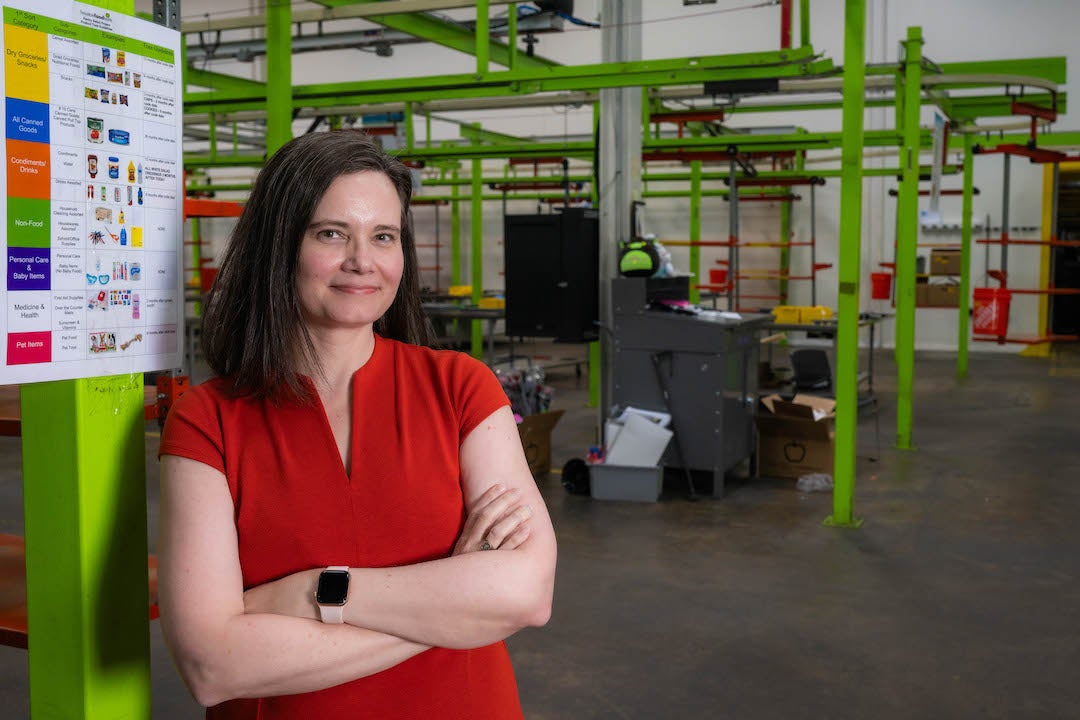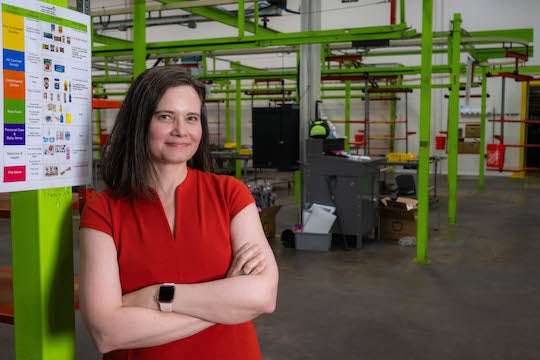A Rice University study of food aid programs during the pandemic found that cash assistance provided low-income mothers with greater flexibility to feed their families than food distributions.

The study, “Emergency Food Support Preference and Usage During COVID-19: A Neighborhood Study of Low-Income Black Mothers’ use of School-Based Food Distribution and P-EBT,” will appear in the American Journal of Public Health.
The researchers – including lead authors Rachel Kimbro, the Herbert S. Autrey Chair in Social Sciences and dean of the School of Social Sciences at Rice, and Simon Fern, a Rice doctoral student in sociology – interviewed 45 Black low-income mothers of young children in an underserved Houston neighborhood from April 2020 to June 2021, comparing two aid programs — Pandemic Electronic Benefits Transfer (P-EBT) cash assistance and in-kind food distributions. They found that food distributions actually presented new challenges for families already shouldering heavy burdens. Mothers in need of food preferred cash assistance as it allowed them more flexibility in getting what they needed to feed their families.
Respondents mentioned a variety of reasons that food distributions were less desirable. One of the common ones cited by mothers were long lines waiting for food, made worse when temperatures reached 100 degrees or higher. Respondents also said that food banks didn’t always have desirable food options and were difficult to access without a car. As a result, traveling to and from distributions resulted in wasted transportation funds and/or time off work to procure food their families didn’t like or couldn’t eat.

In contrast, P-EBT funds allowed mothers to tailor their food choices to their specific households, while giving them flexibility with when and where they shopped. The researchers noted that mothers expressed enthusiasm for the simple practicality of this system. Unlike food distributions, no mothers reported accessibility issues with the P-EBT program.
“Families know their own needs best. We need to recognize and trust their expertise instead of introducing additional tasks and complications,” Fern said. “Research consistently demonstrates that food insecurity emerges not from families’ shortcomings but deeply rooted societal issues. We need to continue to boost what we know works — direct and unconditional cash transfers to the most impacted communities.”
The researchers said they hope this study demonstrates how food assistance interventions, especially in emergency food situations such as pandemics or natural disasters, can be more successful and equitable by considering the needs and preferences of individuals using the programs.
“The work that food banks like our excellent Houston Food Bank do is crucial for communities,” Kimbro said. “However, during emergency situations, in addition to food distributions, low-income families may prefer to receive direct cash benefits to their existing SNAP or to EBT cards. It’s important to listen to the voices of those who are most vulnerable to and most impacted by these events.”
The study was co-authored by Marbella Eboni Hill, an assistant professor of sociology and anthropology at North Carolina State University, and Cayce Hughes, an assistant professor of sociology at Colorado College. It is online at https://ajph.aphapublications.org/doi/10.2105/AJPH.2023.307458.

